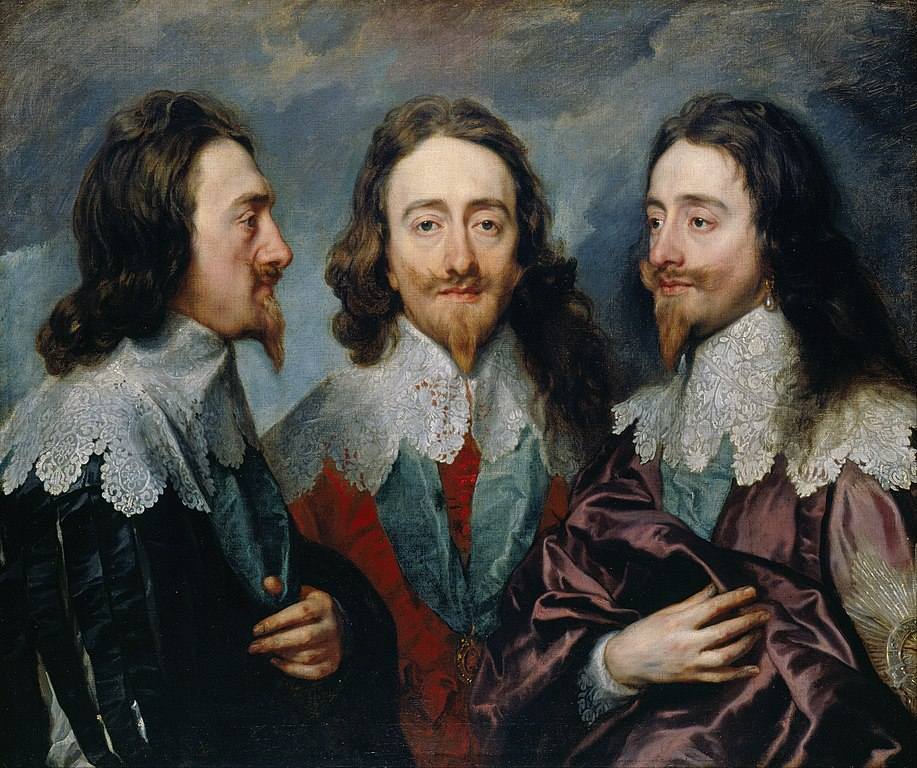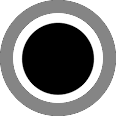settings
Rebecca vocabulary
219 vocabulary words, including people, places, music, artists, etc.
help & settings
[x]
-
Anthony van Dyck
-
► definition
Definition:[1599-1641]a Flemish Baroque artist who became the leading court painter in England, after enjoying great success in Italy and Flanders. He is most famous for his portraits of Charles I of England and his family and court, painted with a relaxed elegance that was to be the dominant influence on English portrait-painting for the next 150 years. He also painted biblical and mythological subjects, displayed outstanding facility as a draughtsman, and was an important innovator in watercolour and etching. The Van Dyke beard is named after him.license: http://creativecommons.org/licenses/by-sa/3.0/
 image 1: (self portrait) Sotheby's, Public Domain, https://commons.wikimedia.org/w/index.php?curid=102909image 2: (of Charles I), Public Domain, https://commons.wikimedia.org/w/index.php?curid=22126913
image 1: (self portrait) Sotheby's, Public Domain, https://commons.wikimedia.org/w/index.php?curid=102909image 2: (of Charles I), Public Domain, https://commons.wikimedia.org/w/index.php?curid=22126913
► uses
Uses:
[Thomas Gainsborough] died of cancer on 2 August 1788 at the age of 61. According to his daughter Peggy, his last words were "van Dyck".
---
"I want to show you something." He took her hand. They drifted through spaces filled with Van Dycks and Turners.
Anita Hughes. Christmas in London, p.231 (2017)
---
They talked. Fred mentioned Stravinsky and Strauss, Vermeer and Van Dyck, making unnecessary references, quoting too often, his spirits attuned across the Atlantic, too transparent in his performance, too eager to show how much he knew of the Western world.
Chimamanda Ngozi Adichie. Americanah, p.505 (2013)
---
“I am a great bookman myself,” returned Mr. Trumbull. “I have no less than two hundred volumes in calf, and I flatter myself they are well selected. Also pictures by Murillo, Rubens, Teniers, Titian, Vandyck, and others. I shall be happy to lend you any work you like to mention, Miss Garth.”
George Eliot. Middlemarch

